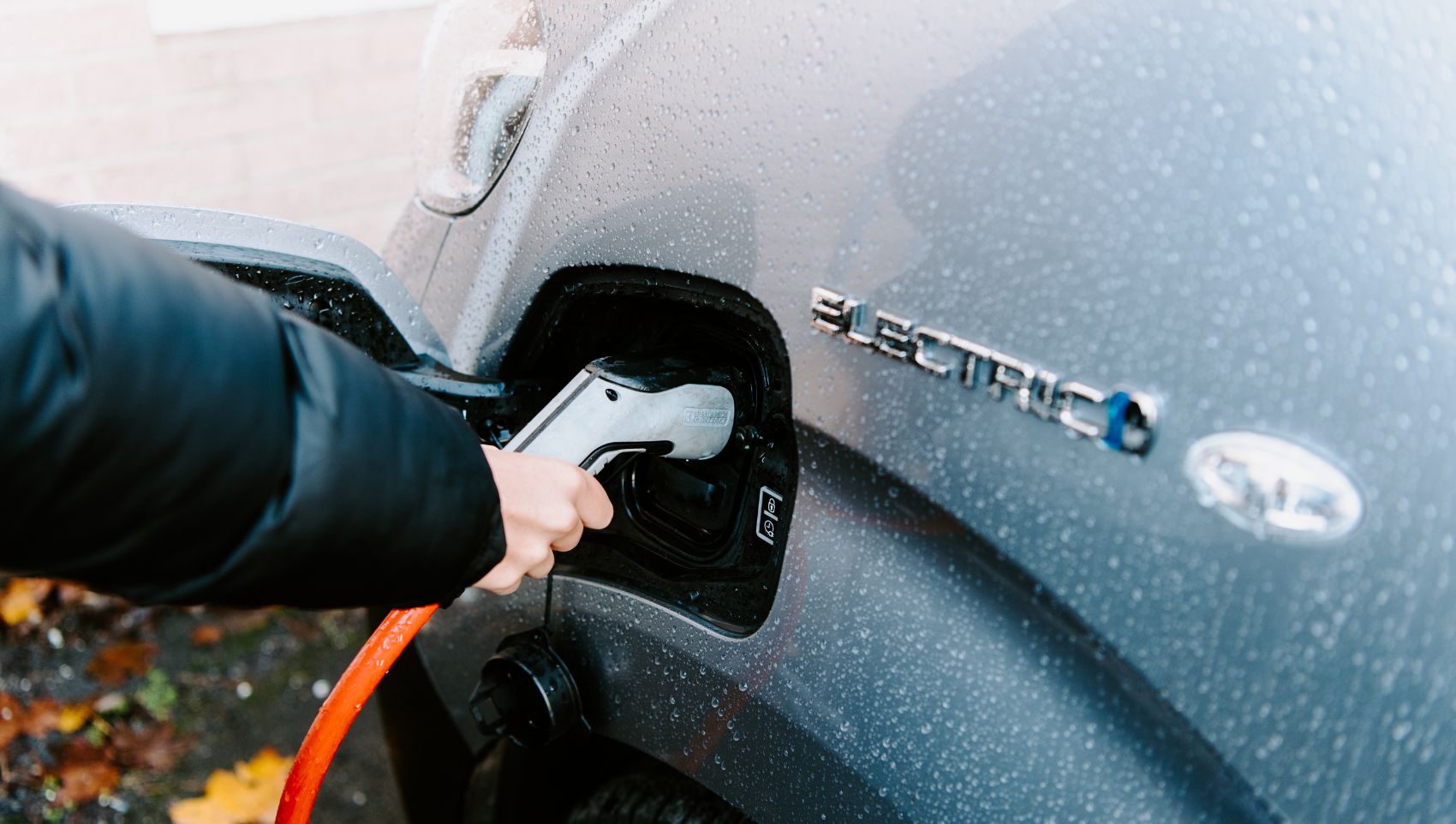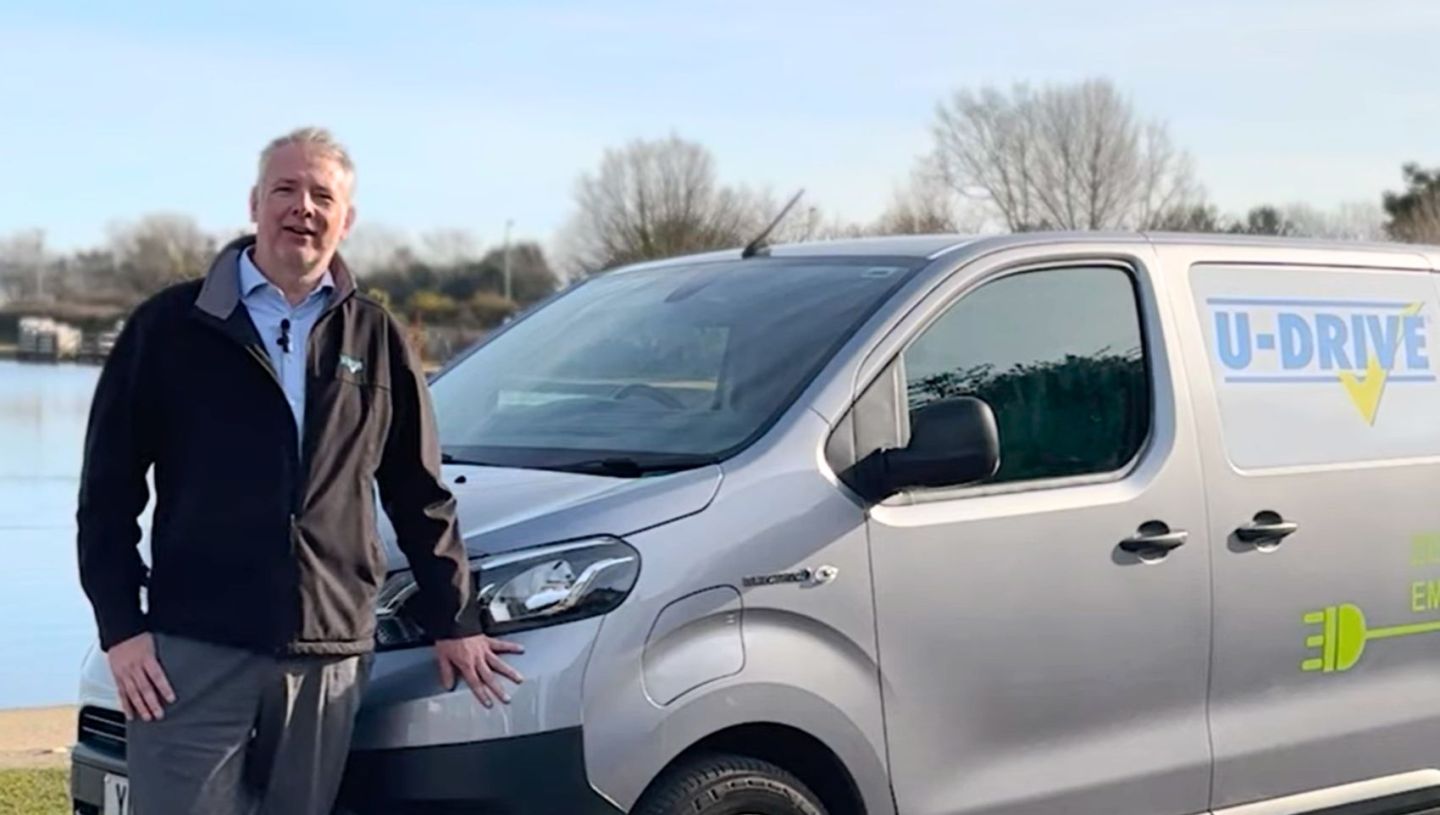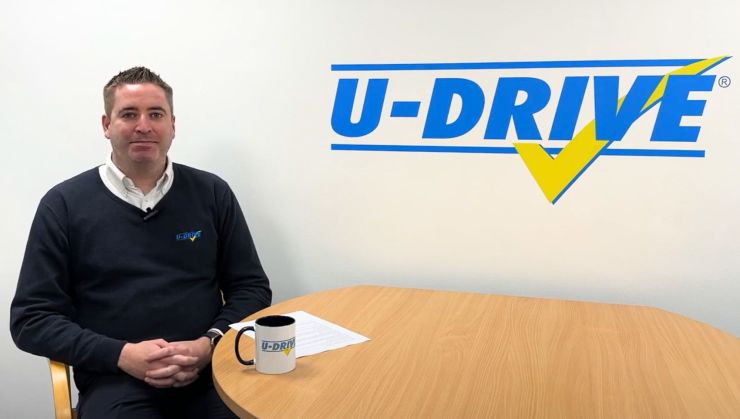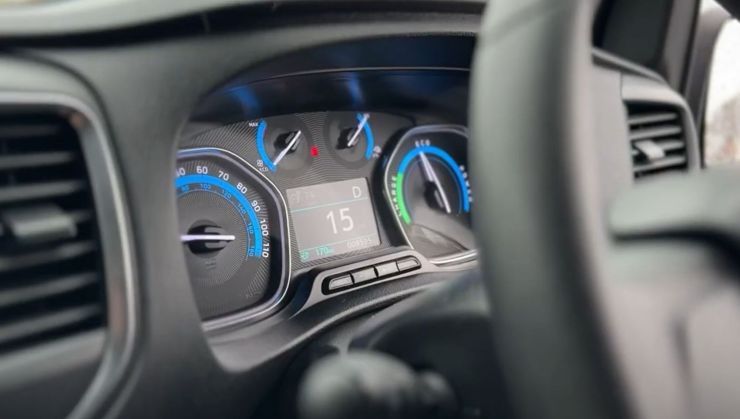Last Updated: 21st March 2025
Jump To
- Key Differences Between EVs And Ice Vehicles
- How To Identify An EV Vs An ICE Vehicle
- Choosing The Right Vehicle For Your Business
- What's It Like To Drive An EV?
Key Difference Between EVs And Ice Vehicles
| Feature | EVs | ICE Vehicles |
| Power Source | Runs on electricity stored in a battery | Runs on petrol or diesel fuel |
| Emissions | Zero tailpipe emissions | Produces CO2 and other pollutants |
| Refueling/Recharging | Charged via plug-in charger | Refueled at petrol stations |
| Running Costs | Generally lower per mile | Higher fuel costs over time |
| Maintenance | Fewer moving parts, lower maintenance | Requires oil changes, exhaust maintenance, etc. |
| Noise | Quiet operation | Engine noise and vibrations |
| Performance | Instant torque, smoother acceleration | Traditional engine power |
How To Identify An EV Vs An ICE Vehicle
At first glance, many modern EVs look similar to their fuel-powered counterparts, but there are a few key differences:
- Charging Port – EVs have an additional charging flap, often located at the front or side of the vehicle. Learn How to charge your EV.
- No Exhaust Pipe – Since EVs don’t burn fuel, they don’t have an exhaust system or emit tailpipe emissions.
- Badging & Design – Many manufacturers add ‘EV’ or ‘Electric’ badging to distinguish them from ICE models.
- Green Number Plate Strip - In the UK, fully electric vehicles often have a green strip on the number plate to identify them as zero-emission vehicles.

Choosing The Right Vehicle For Your Business
- Daily Mileage Needs – The range of an EV depends on battery size. If your business covers short urban trips, an EV could be ideal. See How to maximise your EV range for tips.
- Load Capacity – Heavier loads can reduce battery efficiency. Ensure the EV’s weight limit suits your needs.
- Charging Access – If your business operates from a fixed location, installing a charging station can make EV use more convenient. Learn about How long it takes to charge an EV.
What's It Like To Drive An EV?
Driving an EV is similar to driving an automatic vehicle, but there are a few key differences:
- Acceleration – EVs deliver instant power, making them feel more responsive.
- Braking – EVs use regenerative braking, which helps recharge the battery when slowing down.
- Noise Levels – EVs are much quieter, offering a smoother and more relaxed driving experience.
The future of driving is evolving, and the shift from traditional petrol and diesel vehicles to EVs is an exciting step toward sustainability. As more people choose EVs, the benefits, like reduced emissions and lower running costs, become clearer. Whether you’re considering an EV for your next vehicle or just curious about the options available, there’s never been a better time to explore. Check out our range of electric vehicles and hire today.
Watch our video: The Difference Between Electric And Fuel Vehicles
Looking To Transition Your Fleet To EV?
Are you looking to transition your fleet to EV but don't know where to start, or need some guidance throughout the process? Our EV Consultancy service can support you at every step, from a free consultation offering advice on all things EV, to analysing your current fleet usage, site surveys and even tailor-made training for you and your team to help your business transition to EV seamlessly.




